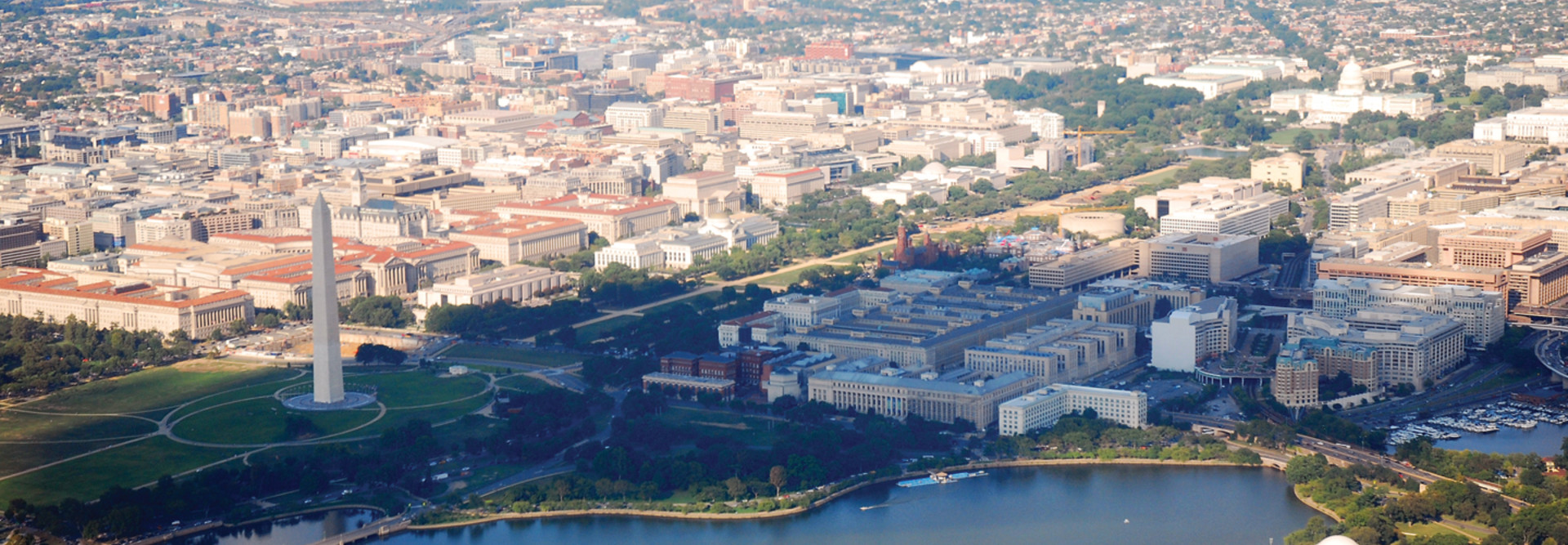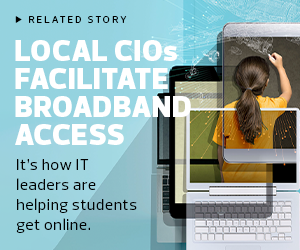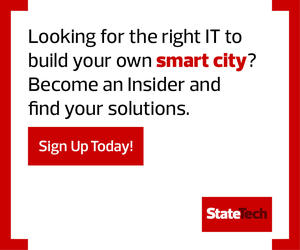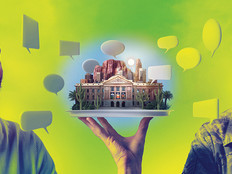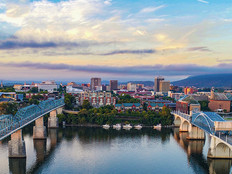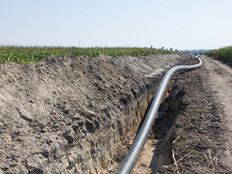In the past year, the Washington, D.C., city government has rededicated itself to closing the digital divide with a community effort dubbed Tech Together D.C. To expand broadband access to all city residents, the district also plans to capitalize on 800 miles of municipally owned fiber.
“The idea is that D.C. government can’t do it alone — we cannot solve for the digital divide alone. It’s going to take a lot of us,” says Lindsey Parker, the district’s CTO. “And obviously, COVID has only revealed more and more of the inequities that come from the digital divide.”
To that end, Tech Together D.C. outlines four goals:
- Increase access to internet service
- Increase access to internet-enabled devices and IT support
- Demystify technology through awareness, training and access to opportunities
- Increase technology savvy within the D.C. government
“The initiatives are about identifying resources to make sure that if you have that device and you have access, you’re not afraid of using it and understanding those resources,” Parker says.
To support these goals, the city will rely in part on its own fiber network — 800 miles of it currently connect roughly 650 city buildings, 25 federal buildings and about 100 nonprofit organizations.
Municipal Resources Can Connect Residents for Important Initiatives
The city’s fiber network can serve as a starting point for connecting D.C. residents who lack internet access, Parker says.
“Let’s use it as a middle-mile provider for small internet service providers,” Parker suggests. “Small businesses get further access to residential customers, become further competition to some big ISPs to get a low-cost solution into homes. Right now, we are crawling by asking Comcast and others to connect homes. But we can walk by using our existing infrastructure as a middle-mile provider. Then, let’s run and rethink what it means to have internet access.”
Parker also sees efforts to close the digital divide as bolstering the city’s smart city plans. The Smarter D.C. initiative outlines objectives in economic development, energy, public safety, transportation and other areas.
“We are thinking of challenges like climate change and flooding,” Parker says. “We are rethinking what a local jurisdiction ought to provide to residents to communicate not just out but across as well. So, we’re thinking of a citizen broadband radio service and the next generation of internet access. We need to provide all residents, all businesses and all visitors with appropriate access.”
Federal Government Can Help the City to Boost Internet Access
Parker says the federal government has a role to play as well. The Biden administration intends to expand the Federal Communications Commission’s Emergency Broadband Benefit to help homes that cannot afford internet service.
According to the FCC, “The Emergency Broadband Benefit will provide a discount of up to $50 per month towards broadband service for eligible households and up to $75 per month for households on qualifying Tribal lands. Eligible households can also receive a one-time discount of up to $100 to purchase a laptop, desktop computer, or tablet from participating providers.”
The EBB program recognizes that public Wi-Fi will never have the capacity to connect households, Parker says. While public Wi-Fi is nice for a city to offer, the service was never intended to provide home internet access.
“With public Wi-Fi, you’re not going to have fast speeds. And there’s always going to be some type of content filtering on public Wi-Fi,” she adds.
Instead of exploring that option, the D.C. government strives to bring partners such as Comcast into the roughly 25,000 households of students who require distance learning resources.
DIVE DEEPER: How are cities forging partnerships to close the digital divide?



